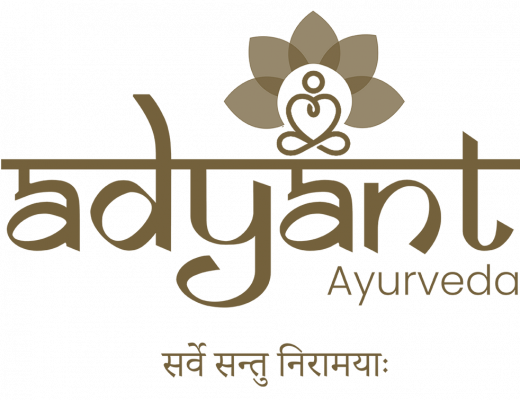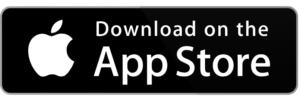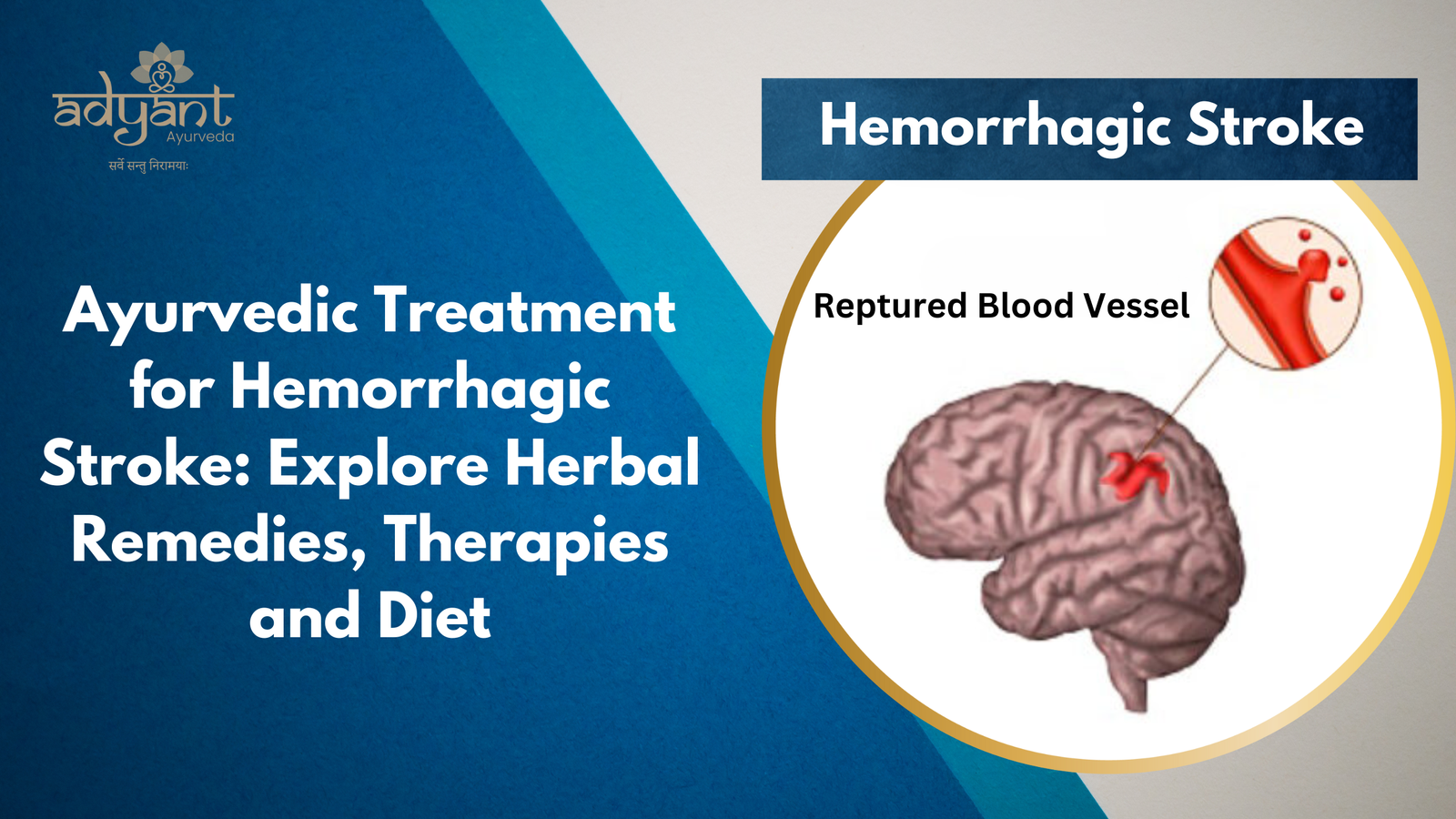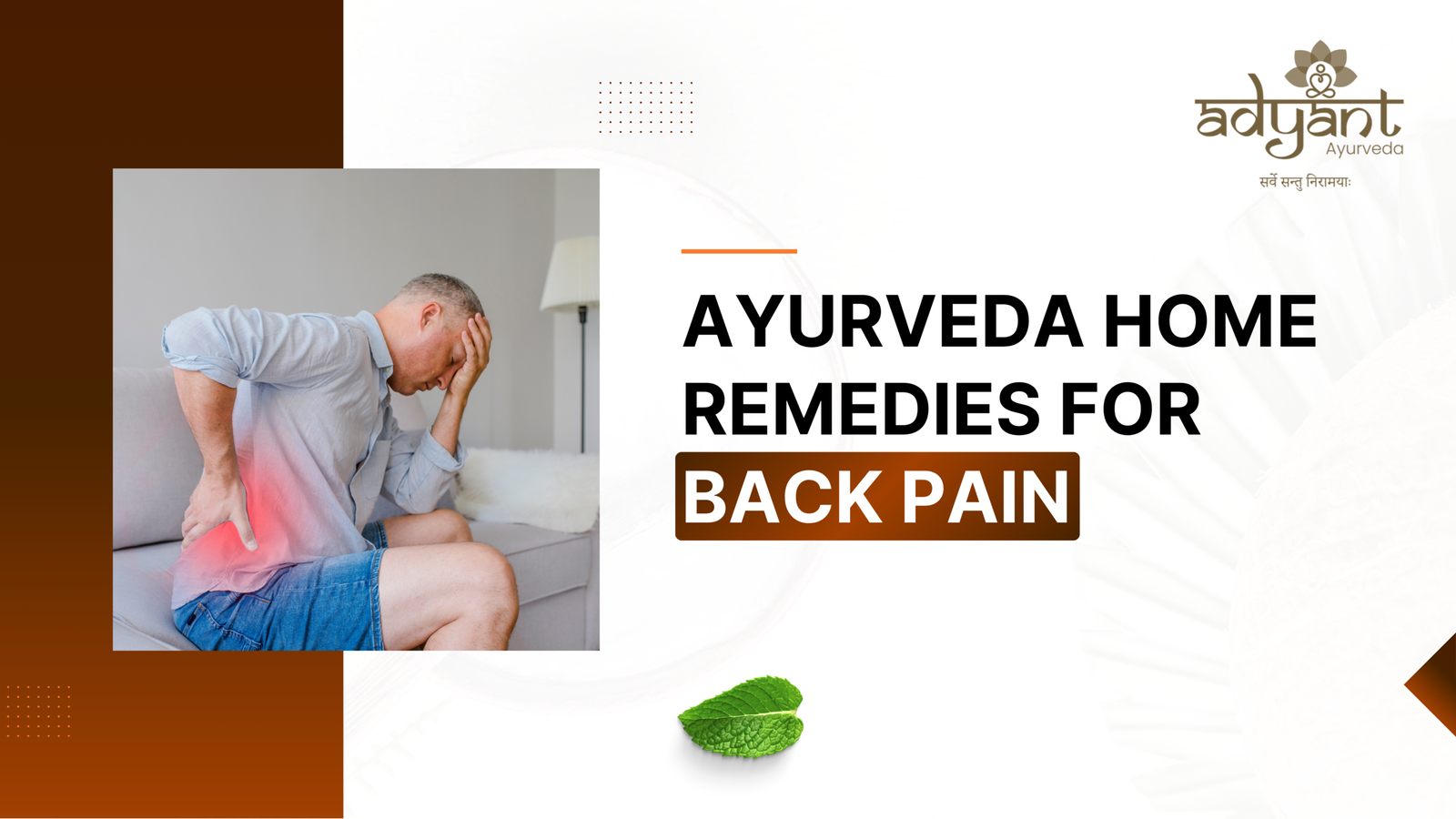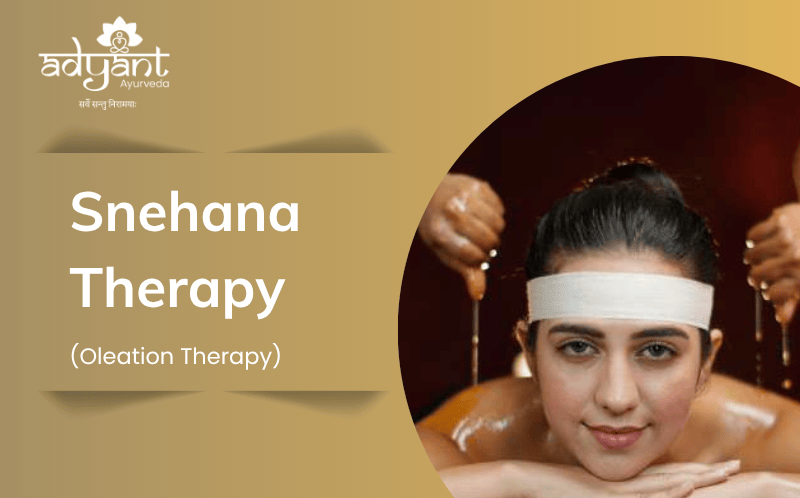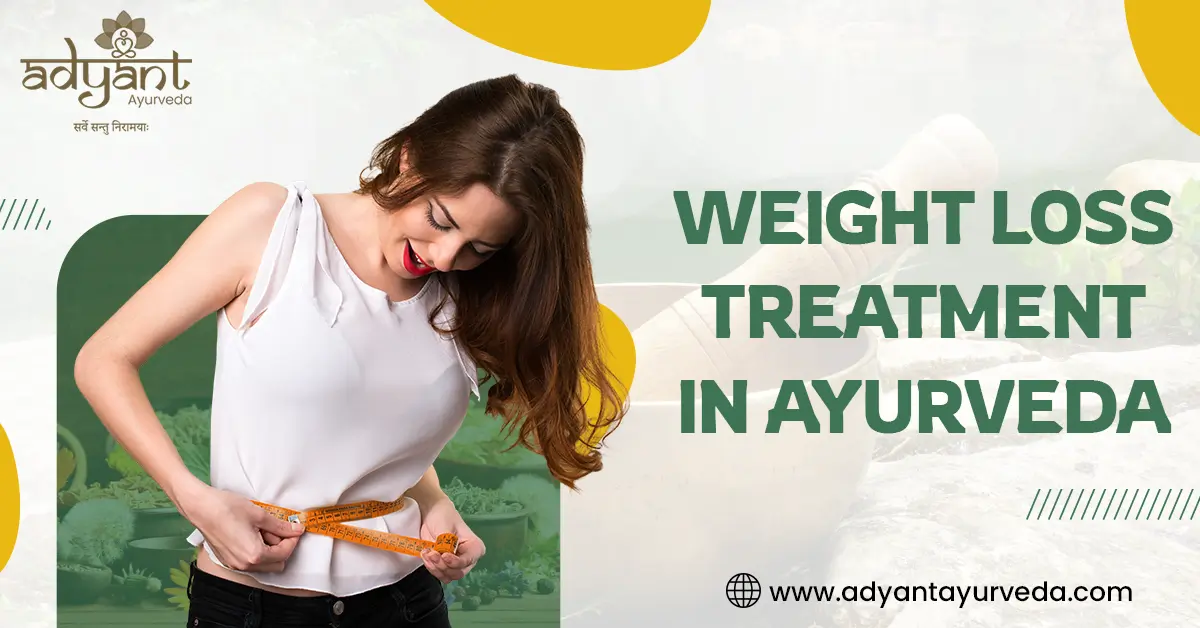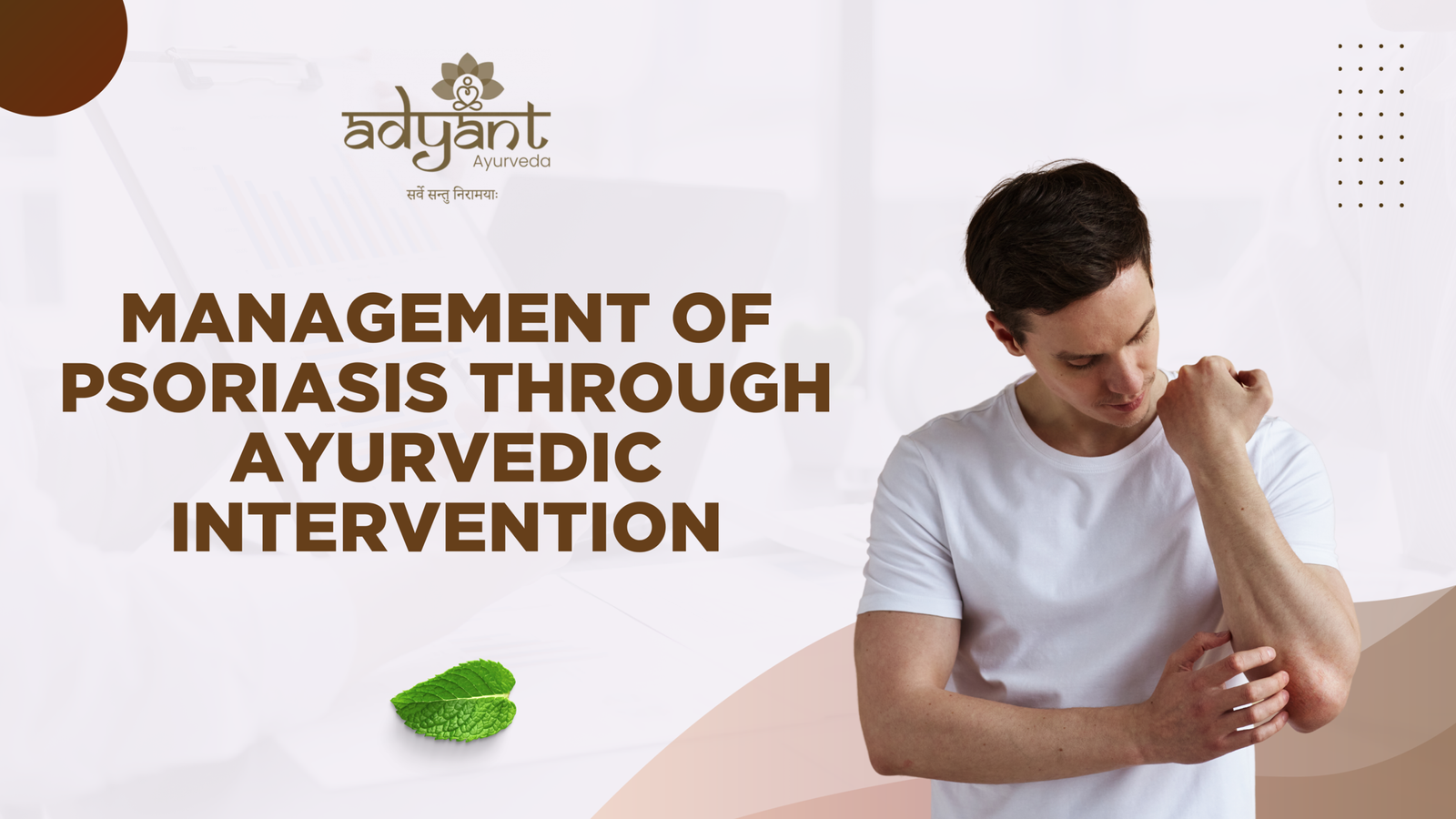Table of Contents
Toggle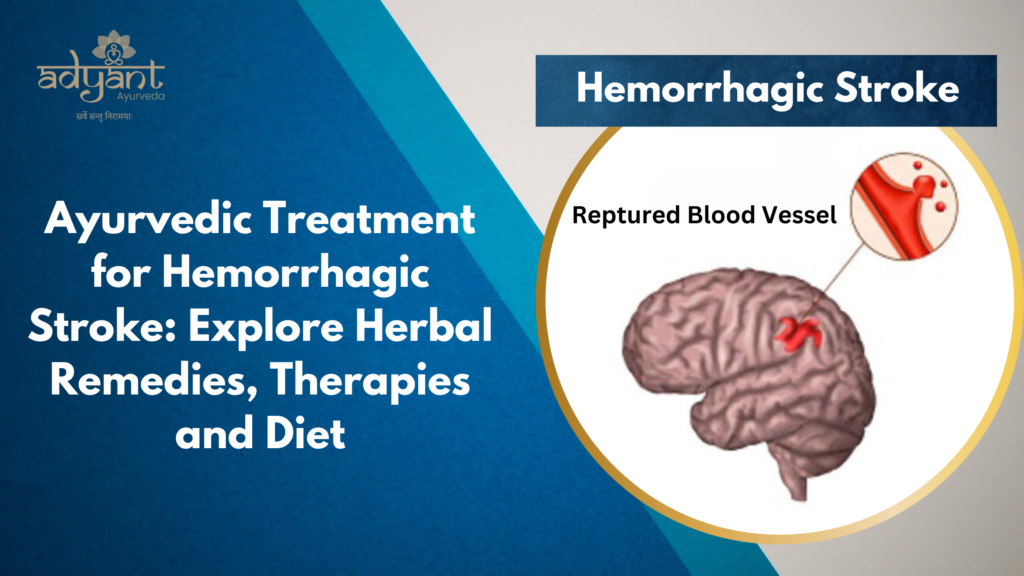
Introduction
Hemorrhagic stroke is a life-threatening condition caused by the rupture of blood vessels in the brain, resulting in bleeding and functional loss. In Ayurveda, it is strongly correlated with Pakshaghata, a subtype of Vata Vyadhi, where deranged Vata affects one side of the body, leading to paralysis, speech defects, and sensory-motor dysfunctions.
According to the World Health Organization, stroke remains the second leading cause of global mortality, with nearly 5.87 million deaths annually. Modern medicine offers emergency stabilization, but Ayurveda focuses on long-term functional recovery, neuro-rejuvenation, and prevention through individualized, dosha-specific interventions.
For free consultation with top ayurvedic doctors, download our app from the Play Store, “AyurCare“
Classical Ayurvedic Context: What is Pakshaghata?
As per Charaka Samhita and Sushruta Samhita:
“Pakshaghata is a Nanatmaja Vata Vyadhi resulting from either Dhatukshaya (tissue depletion) or Margavarodha (obstruction of Vata channels).”
It involves impairment of:
Karmendriya (motor function)
Gyanendriya (sensory perception)
Vak (speech)
Classical Features:
Chestahani (loss of voluntary movement)
Vakstambha (slurring speech)
Hasta Pada Samkocha (limb rigidity)
Vakvakrata (facial deviation)
Sandhi Bandhavimoksha (joint laxity)
Acharyas prescribe a stepwise treatment beginning with: “Swedana, Snehana, Mridu Virechana, followed by Basti, Shirodhara or Shiropichu.” – Charaka Chikitsa Sthana 28/100
Causes of Hemorrhagic Stroke
Modern Perspective:
Aneurysm rupture (e.g., DACA, MCA)
Uncontrolled hypertension
Brain trauma
AVMs (arteriovenous malformations)
Coagulopathies
Intracerebral or subarachnoid hemorrhage
Ayurvedic View:
Vata vitiation (from stress, exertion, dry/cold food)
Pitta aggravation (high metabolism, anger, spicy food)
Ama (toxins) blocking Vata pathways
Margavarodha + Dhatukshaya
Suppression of natural urges (Vegavarodha)
Ayurvedic Diagnostic Framework
At Adyant Ayurveda, diagnosis is made using a classical lens:
Rogi Bala – Patient’s overall strength and constitution
Vyadhi Avastha – Stage of disease (acute, sub-acute, chronic)
Dosha Dushya Samurchana – Interaction of vitiated dosha and affected tissues
Affected Srotas – Commonly Prana Vaha, Majja Vaha, Rakta Vaha
Samprapti Vighatana – Strategy to break the disease pathology
Ayurvedic Treatment Protocol at Adyant Ayurveda
Inspired by case studies and classical principles, Adyant Ayurveda follows a 3-phase structured treatment:
Phase 1: Ama Nirharana (Toxin Elimination Phase)
Sarvanga Dhanyamla Seka (11 days) – Ruksha and Ama-pachaka
Internal: Gandharva Hastadi Taila (10 ml) before food
Phase 2: Vata Shamana (Vata Pacification Phase)
Abhyanga (7 days) – Maha Masha Taila
Ushna Jala Snana
Sarvanga Shastika Shali Pinda Sweda (14 days)
Taila Dhara on head (19 days) – Ksheerabala Taila
Matra Basti (26 days) – Dhanwantaram Ghrita + Ksheerabala Taila 101
Phase 3: Brimhana & Rasayana (Rejuvenation Phase)
Rasaraja Rasa – 1-0-1 × 30 days
Tapyadi Loha – 1-0-1 × 30 days
Masha Atmaguptadi Kashaya – 50 ml BID × 30 days
Deep Dive into Classical Ayurvedic Therapies for Hemorrhagic Stroke
Detailed Classical Therapies and Their Mode of Action
Abhyanga with Bala-Ashwagandhadi Taila – Stimulates Sparshanendriya, improves muscle tone, reduces Vata
Nadi Swedana with Dashamoola Decoction – Ushna, Shothahara, opens Srotas
Mridu Virechana with Gandharva Haritaki – Anulomana, Deepana, detox via Adho Marga
Matra Basti with Yashtimadhu Taila – Rakta Sthambhaka, pacifies Vata, rejuvenates the brain-gut axis
Shiropichu with Ksheerabala Taila – Reduces ICP, improves Shirogata Vata
Nasya with Ksheerabala Taila – Enhances neuro-regeneration, Shiro-Vatahara
Therapeutic Role of Each Drug (Guna–Virya–Vipaka Based Actions)
| Medicine | Rasa/Guna/Virya/Vipaka | Therapeutic Role |
|---|---|---|
| Yashtimadhu Taila | Madhura Rasa, Snigdha, Sheeta Virya | Rakta Sthambhaka, Pitta-Vata Shamana |
| Gandharva Haritaki | Tikta-Katu Rasa, Ushna Virya | Anulomana, Deepana, Rechaka |
| Bala, Ashwagandha, Rasna | Madhura Rasa, Snigdha Guna | Balya, Rasayana, Vatahara |
| Ksheerabala Taila | Madhura Rasa, Sheeta Virya | Medhya, Ojas vardhaka |
| Dashamoola Decoction | Tikta-Katu Rasa, Ushna Virya | Shothahara, Kapha-Vata Shamana |
Specialized Procedures
🗣️ Jihva Pratisarana: Vacha + Yashtimadhu – for speech and sensory stimulation
💊 Bruhat Vata Chintamani Rasa: Medhya, Rasayana, Yogavahi – supports neuro-repair
🧠 Rasayana Herbs: Brahmi Vati, Gokshura, Punarnava, Pushkarmoola, Sariva
Summary Chart of Panchakarma + Internal Medicines
| Therapy Type | Name/Formulation | Purpose/Action |
| Abhyanga | Maha Masha Taila | Balya, Vatahara |
| Swedana | Dashamoola Nadi Sweda | Shothahara, Sthambha-hara |
| Virechana | Gandharva Haritaki | Anulomana, Pitta-Vata Shamana |
| Basti | Yashtimadhu Taila (Matra) | Vatahara, Rakta Sthambhaka |
| Nasya | Ksheerabala Taila | Shiro-Vatahara, neuro-regeneration |
| Shiropichu | Ksheerabala Taila | Reduces intracranial pressure |
| Rasayana | Brahmi Vati, Bruhat Vata Chintamani | Medhya, Ojas vardhaka |
Recovery Outcome: Based on NIHSS Assessment
| Function | Pre-Treatment | Post-Treatment |
| Level of Consciousness | 2 | 0 |
| Motor Arm (Left) | 3 | 0 |
| Motor Leg (Left) | 3 | 0 |
| Limb Ataxia | 2 | 0 |
| Best Language | 2 | 0 |
| Total Score | 21 | 0 |
Read Other Related Blogs
FAQs – Ayurvedic Treatment for Hemorrhagic Stroke
Can Ayurveda reverse stroke paralysis?
Yes. Consistent therapy helps regain strength, reduce spasticity, and restore speech.
What is the ideal time to begin Ayurvedic stroke care?
As early as possible, preferably post-acute stabilization.
What Panchakarma treatments are used?
Dhanyamla Seka, Abhyanga, Pinda Sweda, Basti, Shirodhara, Taila Dhara.
Is Rasayana therapy mandatory?
Yes. It supports neuro-rejuvenation post-detox.
Are the oils used safe?
Yes. Ksheerabala, Masha Taila, and Ghritas are classical, safe, and dosha-specific.
Can this be combined with allopathy?
Yes. Our Ayurvedic experts ensure safe integrative care.
What is the role of diet?
Warm, nourishing, Vata-Pitta pacifying diet is crucial: gruels, ghee, soups, fruits.
How long does it take to see improvement?
Significant changes are usually seen within 30–45 days.
Is Ayurveda helpful in chronic stroke cases?
Yes. Even in old cases, improvements in strength, coordination, and mood are observed.
Are there real success stories?
Yes. This case from JSS Hospital showed complete NIHSS recovery (21 → 0 score).
Why Choose Adyant Ayurveda for Stroke Recovery?
National award-winning clinic in Bangalore
24+ years of Panchakarma experience
Stroke-specialist Ayurvedic physicians
Multi-center care: Jayanagar, Indiranagar, RR Nagar, Kalyan Nagar
“AyurCare” app for remote consultation and medicine orders
Book Your Appointment
📞 Call: +91-9972541009 | +91-6366258619 | +91-9740811415
📍 Visit: Any of our 4 branches in Bangalore
📲 App: AyurCare (Play Store)
Rediscover mobility. Reclaim your life. Heal holistically with Ayurveda.
